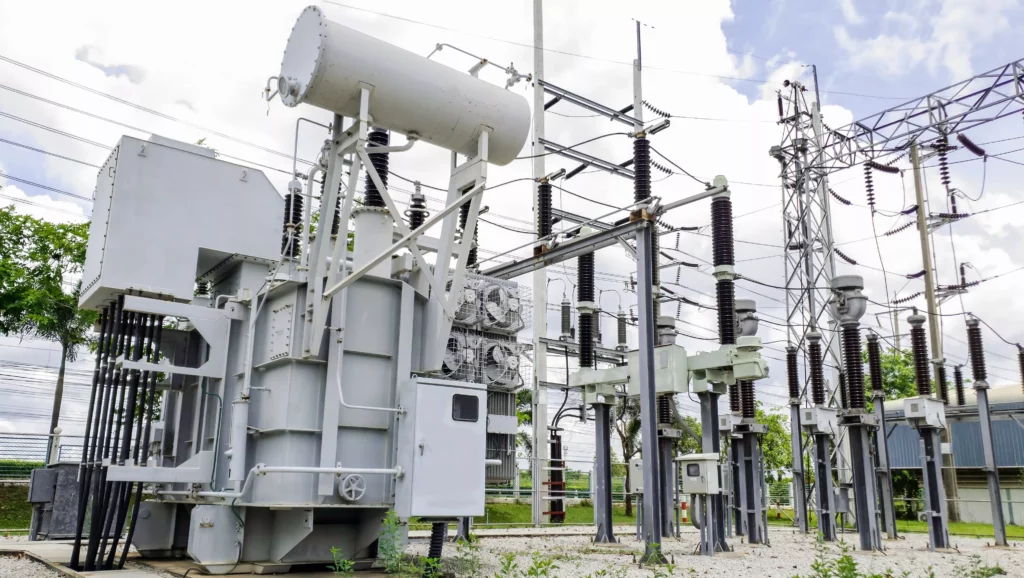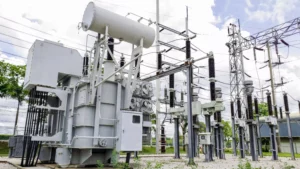Authors: F. Jakob, P. Noble, J.J. Dukarm,
Published in Power Delivery, IEEE Transactions on
vol.27, no.2, pp.554-559, April 2012
doi: 10.1109/TPWRD.2011.2175950
Abstract: Dissolved gas analysis (DGA) has been used to classify the type and severity of faults in transformers. The method commonly used to identify severity is to measure the total fault gas concentration and its rate of change, without regard to the relative concentrations of individual gases. Thermodynamic analysis indicates that the energy required to form gases increases in the order CH4 <; C2H6 ≤ CO ≤ C2H4 <; H2 ≪ C2H2. Based on these results, an energy-weighted dissolved gas analysis (EWDGA) is proposed, where concentrations of individual gases are multiplied by a weighting factor that is proportional to the energy required to produce each gas. Statistical calculations are used to show that EWDGA is more sensitive to high-energy faults than simple DGA, hence minimizing the damage caused by those faults.


